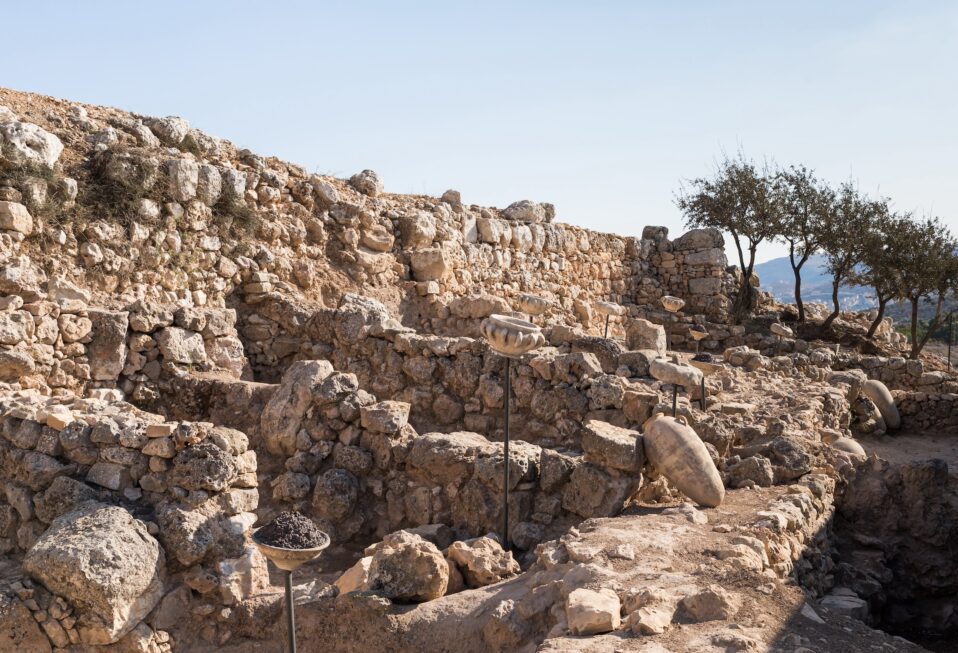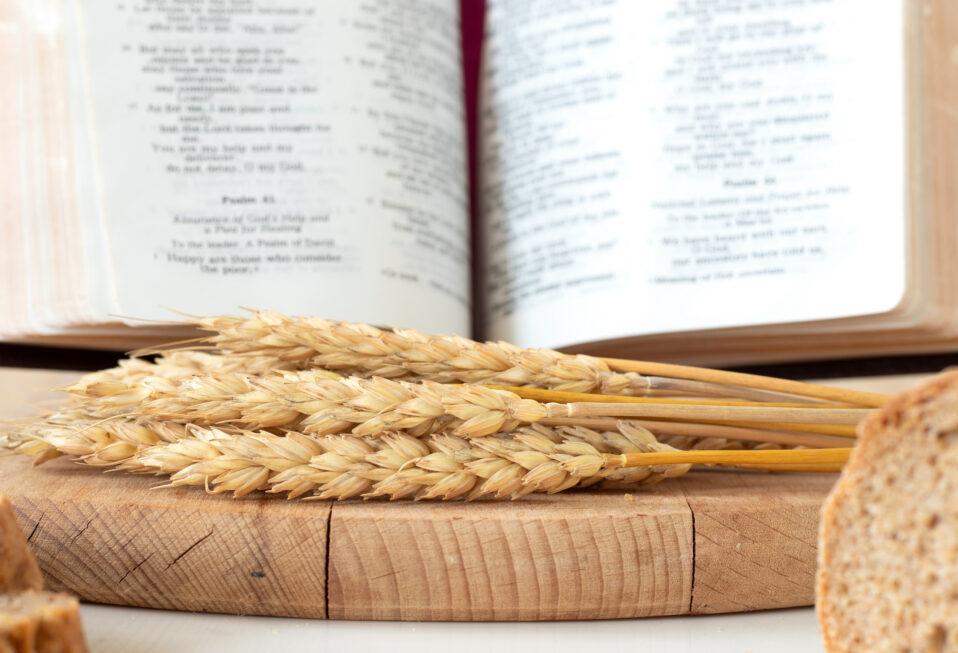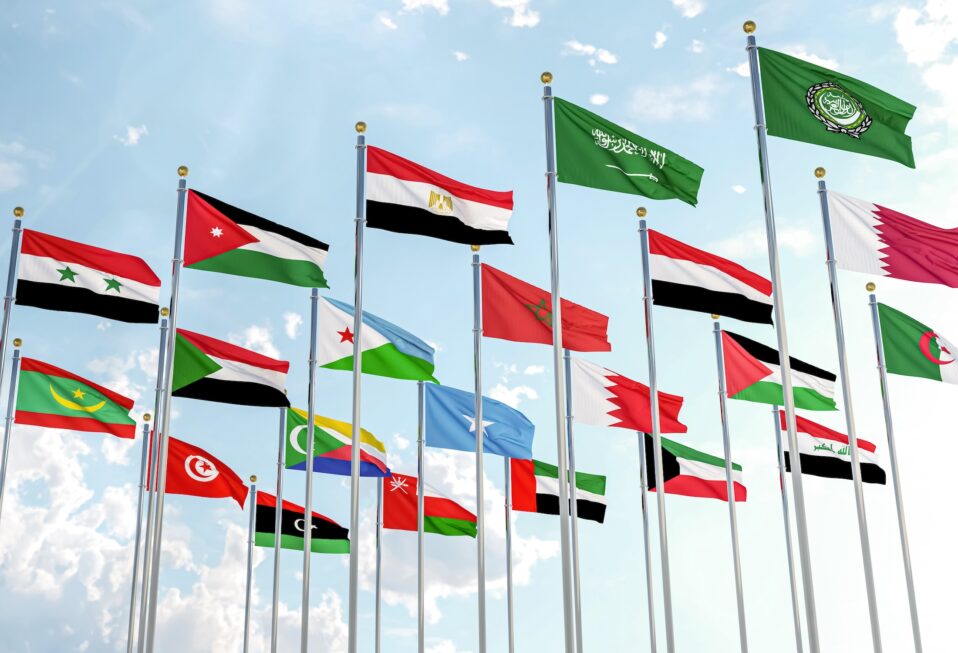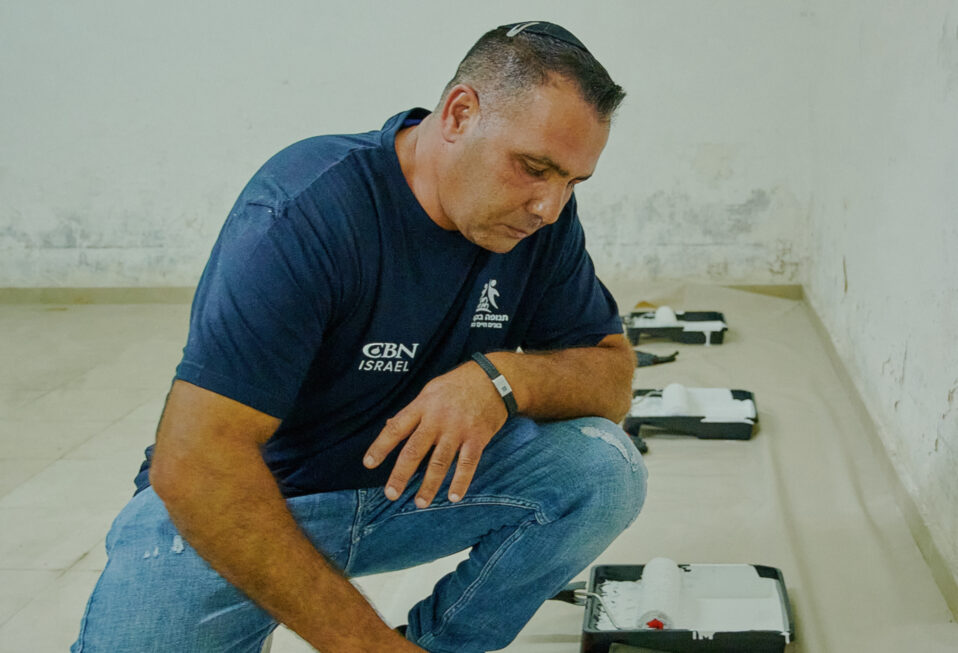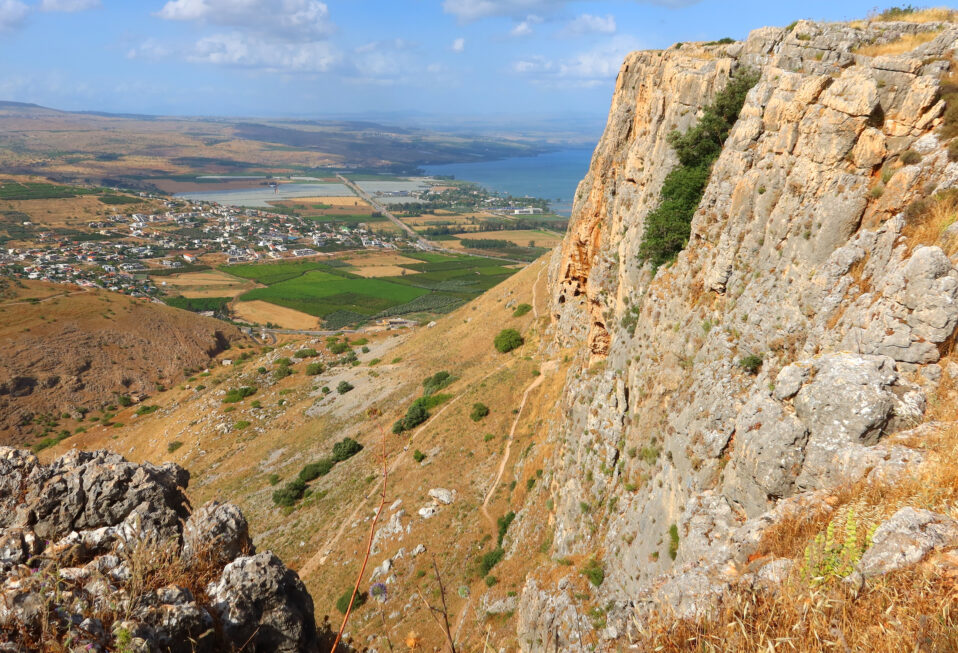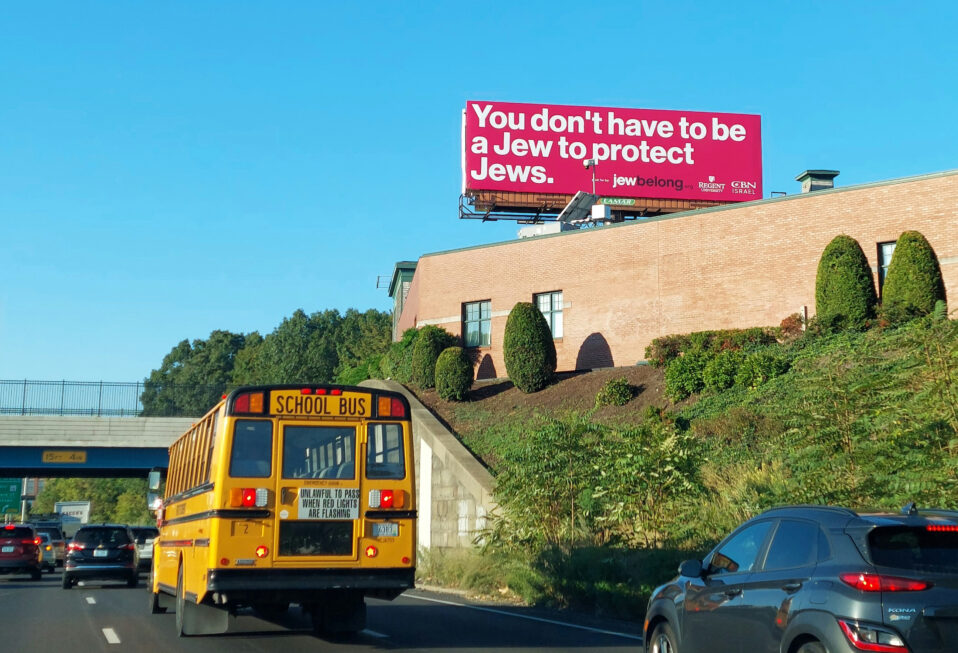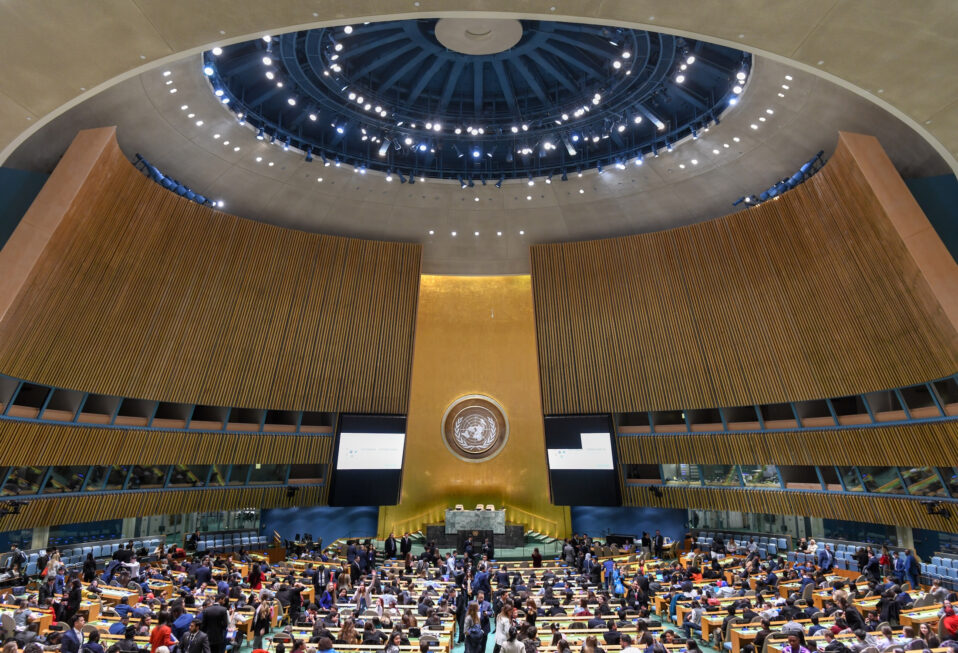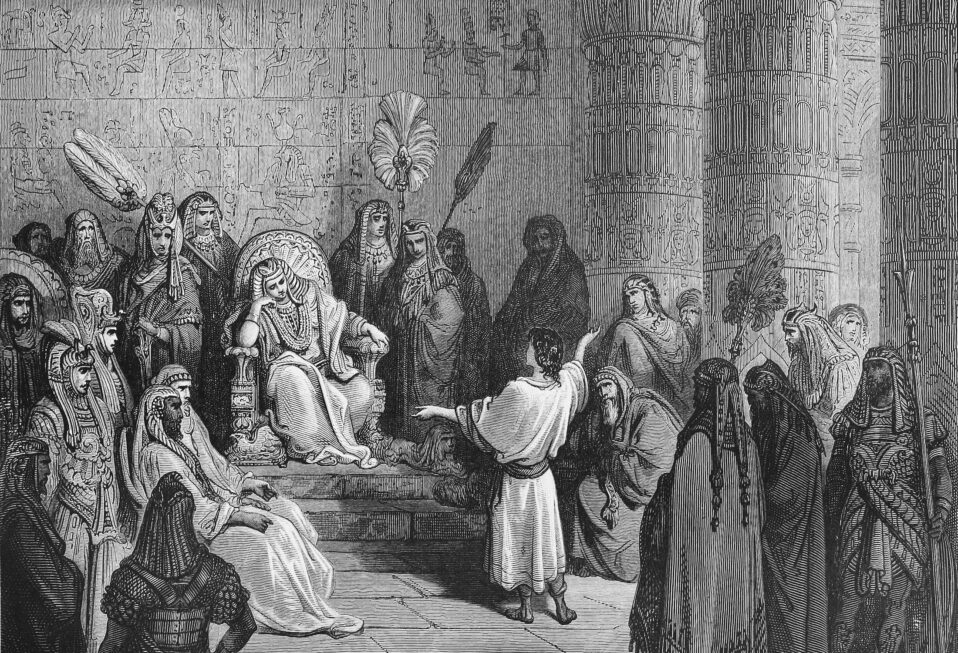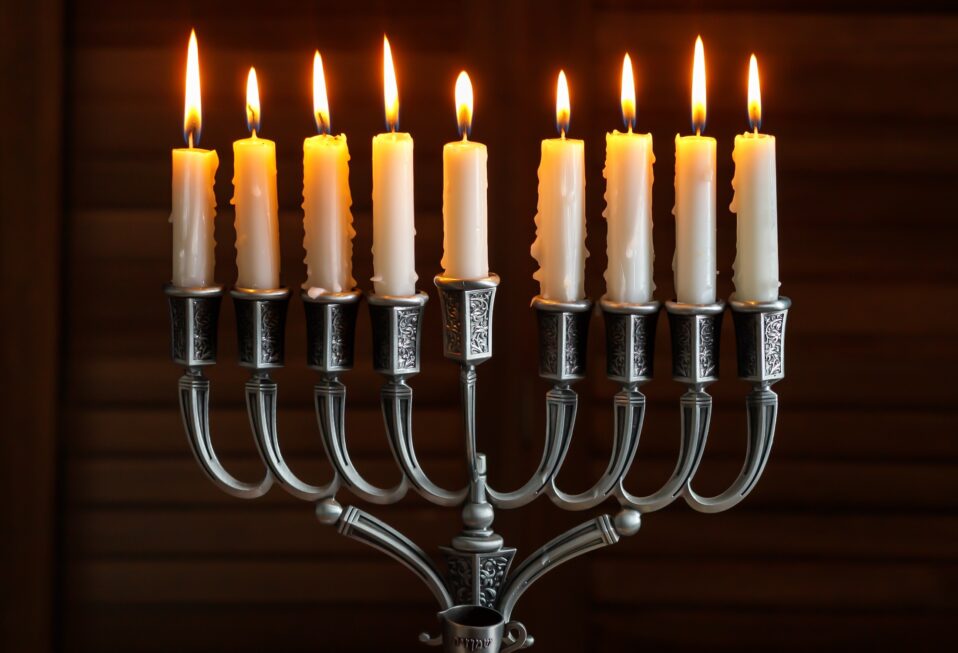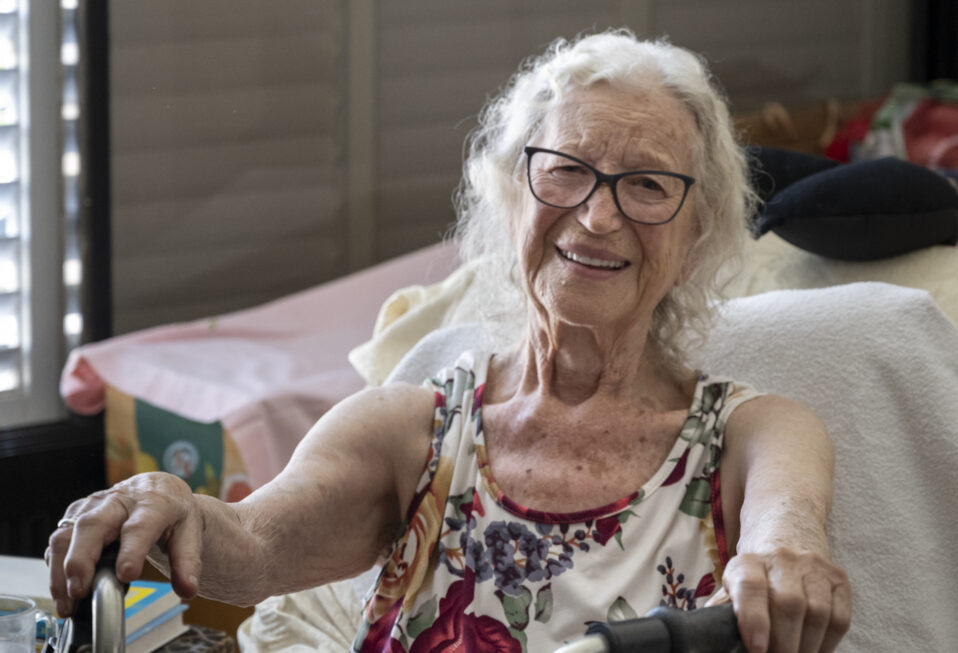By Arlene Bridges Samuels
After a recent U.S. State Department decision, much of the world has reacted with outrage, vehemently opposing what is in reality a prudent and long-overdue American policy. The cause of the uproar? The Department of State (DOS) has revoked visas for Palestinian Authority (PA) President Mahmoud Abbas and 80 PA officials, preventing them from attending the upcoming United Nations General Assembly in New York City, scheduled for September 9 to 23.
The DOS statement affirmed: “It is in our national security interests to hold the PLO (Palestinian Liberation Organization) and PA (Palestinian Authority) accountable for failing to honor their commitments and for undermining prospects for peace.” It further emphasized that only groups that “consistently repudiate terrorism, including the October 7 massacre, and end incitement to terrorism in education” can be regarded as credible partners for peace.
There is historical precedent for such a move. The United States has denied visas to foreign leaders before. In 1988, for instance, PLO chairman Yasser Arafat was denied entry, prompting the UN General Assembly to relocate its session to Switzerland.
So, what lies behind this September decision? Mahmoud Abbas, now 89, was elected Palestinian Authority president in 2009. Since then, he has refused to hold new elections or meet face to face with any Israeli prime minister for peace talks, a stalemate that has lasted 16 years. The pattern of destructive choices traces back eight decades to when the United Nations passed one of its most consequential resolutions: Resolution 181.
Although adopted in a secular context, Resolution 181 aligned with Israel’s biblical promises. On November 29, 1947, the UN voted to partition British-ruled Palestine into two states, one Jewish and one Arab.
The Arab world immediately rejected the proposal, refusing to accept any arrangement that recognized a Jewish state. On May 14, 1948, as Israel declared independence, Arab nations launched a war against the fledgling and ill-equipped state. Against all odds, Israel prevailed.
The Jewish people, in contrast, accepted the imperfect yet promising partition plan. Through decades of labor and determination, they transformed deserts into fertile lands, pioneered life-saving innovations, and built a thriving nation. Today, at 77 years old, Israel stands as a free, prosperous, and innovative state.
Meanwhile, decades of Palestinian refusal have layered conflict upon conflict, an unbroken legacy of rejectionism.
This year, the United Nations’ General Assembly convenes under the theme: “Better Together: 80 years and more for peace, development and human rights.” The stated aim: “To address complex global challenges, build consensus, and forge partnerships for a more equitable and sustainable future.”
Yet the UN’s track record tells a different story. Its disproportionate criticism of Israel, coupled with endless slanderous resolutions, has undermined true progress. Instead of directing more energy toward the world’s worst human rights abusers, the UN has persistently targeted one of its most democratic and innovative member states.
UN Watch, a non-profit watchdog that holds the UN accountable to its founding principles, provides a sobering perspective. Reviewing the UN Human Rights Council’s record from 2006 through 2024, UN Watch notes that the body passed 108 resolutions against Israel, compared to 45 against Syria, 15 against Iran, 10 against Russia, and only 4 against Venezuela. The imbalance is staggering. Very simply, the UN does not hold dictatorships to the same standard it imposes on Israel.
The popularization of the term “Palestinians” can be traced largely to Yasser Arafat, the Egyptian-born founder of the PLO and the architect of modern terrorism. He mentored Mahmoud Abbas, embedding in him the same strategy of weaponizing victimhood.
Arafat promoted the identity of a “Palestinian people” beginning in the late 1960s, using it as a tool to delegitimize Israel. Western leaders, too often naïve, elevated him, and later Abbas, as supposed freedom fighters. But Arafat’s true goal was always the destruction of Israel. Today, Abbas and other Palestinian leaders continue policies that perpetuate refugee status, incite hatred, and even promote genocide.
The State Department’s decision becomes clearer when considering the PA’s destructive policies. The PLO and PA have consistently undermined peace while glorifying violence. Three examples illustrate this:
- “Pay-for-Slay” Rewards for Murder – When a Palestinian kills an Israeli or even an American, the Abbas regime rewards the terrorist’s family with generous stipends, sometimes amounting to hundreds of thousands of dollars. In 2016, U.S. veteran Taylor Force was murdered by a Palestinian terrorist while visiting Tel Aviv with his Vanderbilt MBA study group. This prompted bipartisan passage of the Taylor Force Act in 2018, which sought to cut U.S. aid to the PA until it ended such payouts. Yet corruption prevails. The Foundation for Defense of Democracies reported that after Abbas supposedly reduced these payments in February 2025, Israel released 316 terrorists during a ceasefire, while Hamas released 33 hostages. The terrorists walked free as millionaires, receiving a staggering 142 million dollars in PA funds.
- Elevating Terrorists as Role Models – The PA and PLO routinely glorify terrorists as “martyrs.” Streets, schools, and public squares bear their names. In Ramallah, “Martyr Dalal Mughrabi Square” honors the woman who led the murder of 37 Israelis, including 12 children. In 2015, Nablus unveiled a monument shaped like Israel to honor Naif Abu Sharakh, a commander of the Al-Aqsa Martyrs’ Brigades.
- Indoctrinating Children Through Education – The Palestinian education system is steeped in incitement. Palestinian Media Watch has documented countless examples. On National Reading Day, for instance, schoolgirls read Hanadi in the Restaurant of Horror, a book glorifying a female suicide bomber who murdered 21 Israelis in Haifa. Despite international outcry, these materials remain entrenched in PA schools.
Former U.S. Ambassador to Israel David Friedman captured the moment well on X: “Only the United States under President Trump has come to Israel’s aid during this 7-front war. The UN has aided and abetted Hamas, as has the International Red Cross. Western Europe and Canada have abandoned Israel. Only a few true friends remain.”
The battle is not merely political, it is spiritual. As Deuteronomy 14:2 declares: “For you are a people holy to the LORD your God. Out of all the peoples on the face of the earth, the LORD has chosen you to be his treasured possession.” God chose Israel not for its merit but as a vessel of His redemptive plan, culminating in the arrival of our Jewish Savior. This truth binds faithful Christians and Jews as those who are truly “Better Together.”
We invite you to join our CBN Israel team in prayer, and in sharing truth to counter the lies spread against Israel at the United Nations.
Prayer Points:
- Pray with thanks to God for His unchanging promises to Israel and to us.
- Pray for U.S. Secretary of State Rubio as he leads with wisdom and resolve.
- Pray for continued success for UN Watch in holding the UN accountable.
- Pray for UN delegates to make just and wise decisions regarding Israel.
- Pray for deeper unity between Jews and Christians to stand firm together.
Arlene Bridges Samuels is the weekly feature columnist for CBN Israel since 2020. Working on the staff of the American Israel Public Affairs Committee (AIPAC) as their SE Regional Outreach Director for nine years, International Christian Embassy Jerusalem USA engaged her as the Leadership Outreach Director part-time for their project American Christian Leaders for Israel. Arlene is an author at The Blogs-Times of Israel, is published at AllIsrael.com and The Jerusalem Connection, and has traveled to Israel since 1990. By invitation, she attends Israel’s Government Press Office Christian Media Summits as part of Christian media worldwide. In 2024, Arlene and her husband Paul co-authored Mental Health Meltdown: Illuminating the Voices of Bipolar and Other Mental Illnesses. www.TheMentalHealthMeltdown.com.


